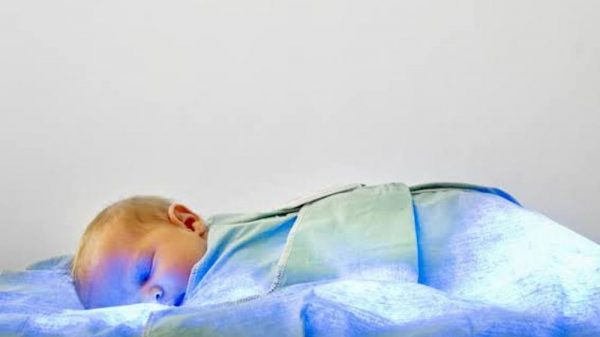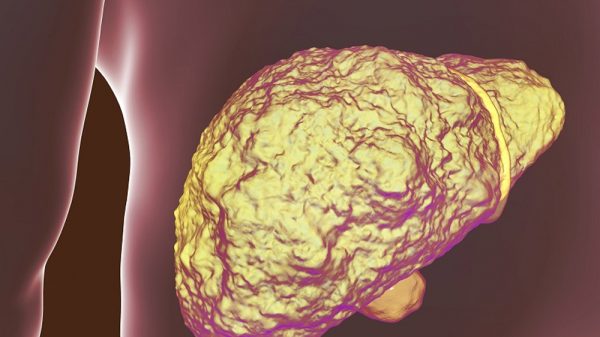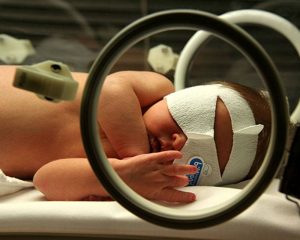Jaundice blankets are phototherapy devices. They are also known as biliblankets. The fact that jaundice blankets is quite portable is what draws attraction and attention to these devices. They usually consist of an illuminator and a fiber-optic pad. Both of them work together to help treat neonatal jaundice. Just like the conventional phototherapy, the light that biliblankets emit can help to break down bilirubin in your baby’s blood. If bilirubin can be broken down, your baby would be able to excrete it with ease. As your baby excretes the excess bilirubin in his or her blood, its yellowing effect on the baby’s skin and eyes will reduce gradually until it clears out.
One good thing with the biliblanket is that you can still hold your child while the system is in use. You can even play with your child and feed him or her if you like. The wand of the biliblanket is very flexible and the sleeve is long enough to wrap around your baby’s midsection. This way, the phototherapy treatment has a very wide range of coverage. The blanket emits blue light through its sleeve. This blue light, in turn, helps reduce the high levels of bilirubin. Because it is very portable, you can make use of the biliblanket at home. This affords you and your baby maximum comfort while the treatment is ongoing.
An Overview of Jaundice in Babies
Neonatal jaundice, which some prefer to call hyperbilirubinemia, is a very common occurrence. Don’t mind that hyperbilirubinemia seems like a long and complex term. We’ll break it down for you – ‘hyper’ (too much), -‘bilirubin’, -‘emia’ (in the blood).
So then, neonatal jaundice refers to a case where there is excess bilirubin in the blood of a newborn infant. When there is an elevated bilirubin level within a baby’s bloodstream, the yellow pigment of bilirubin changes the color of the baby’s skin and eyes.
If nothing is done to reduce the levels of bilirubin, it may also change the color of the baby’s palms and soles. This can also lead to fatal complications.
But then, the typical symptoms that come with neonatal jaundice are:
- Lethargy
- Fever
- Poor latching (or sucking reflex)
- Apnea (in some cases) – This is a case where breathing stops at intervals
The first place where you are likely to notice jaundice is in your baby’s face. With time, the yellow color becomes more glaring on your baby’s skin, starting from the hands and legs.
It is important to treat jaundice with phototherapy so that it will not cause long-term damage to your baby’s health. Jaundice can lead to permanent encephalopathy (brain damage) if you don’t treat it on time.
If your baby shows signs that he or she may have jaundice, the doctor will examine the child properly. He can confirm the levels of bilirubin in your child’s blood by asking for a blood test. Once the level of bilirubin is known, the next line of action will be clear.
If your baby’s bilirubin level is between 10 to 15 mg/dl, then you can treat it at home with a jaundice blanket. That way, you do not need to remain on hospital admission. The pediatrician may give you a biliblanket to take home for treating your child.
However, if the level is more than 15 mg/dl, you should allow doctors to take care of the situation. You should not attempt to treat such at home.
FAQs on the Use of Jaundice Blankets
Here are some of the common questions people ask as regards the use of biliblankets. We supply answers to these questions below:
1. Does the blanket emit heat to the baby?
People often wonder if the blanket will get hot and hurt their baby. This question often comes up because parents quickly notice that the illuminator gets hot at times.
There is no cause for alarm when the illuminator gets hot. It transfers only light to the light panel. Heat does not pass through the fiber-optic cable. So you can rest assured that no heal will come in touch with your baby’s skin.
2. How long does the treatment take?
The answer to this depends on many factors. So, the duration of treatment would vary from one baby to another. Your baby’s doctor will tell you how long your child needs to use the blanket. The main factor here is how much bilirubin is in your baby’s blood.
The higher the bilirubin levels, the more time your child would need to spend using the blanket. However, the average time of treatment is 2 to 4 days. In this period, your baby will use the blanket round the clock except when he or she needs to take a bath.
Don’t try to assume how much bilirubin is in your child’s blood by checking the skin color. You should rather allow a doctor to check through then baby’s blood tests. That is usually very accurate.
3. Can you move the jaundice blanket unit?
Yes, you can move the jaundice blanket unit. However, it is better to wait until the light of the machine cools before you move the unit.
If you move a hot light, the bulb can break. Once this happens, the unit would no longer be able to function properly. You should, therefore wait for ten minutes after turning off the unit before you move it.
The Jaundice Blanket Offers Stress-Free Treatment
Unlike what happens if your child undergoes phototherapy in the hospital, you can hold your baby while using the jaundice blanket. You can even feed your baby. Neither of these will interrupt your treatment. Isn’t that amazing?
The blanket provides the greatest level of therapy light to help in treating your baby. This is the same type of light that you find in sunlight. It is very strong but also very safe. It does not contain UV and infrared energy that make sunlight potentially harmful.
Jaundice blankets are very effective for treating newborn jaundice. Even doctors prescribe them as a viable alternative for treating jaundice. In some cases, your baby’s doctor may add a few other treatment regimens to the use of a jaundice blanket.























